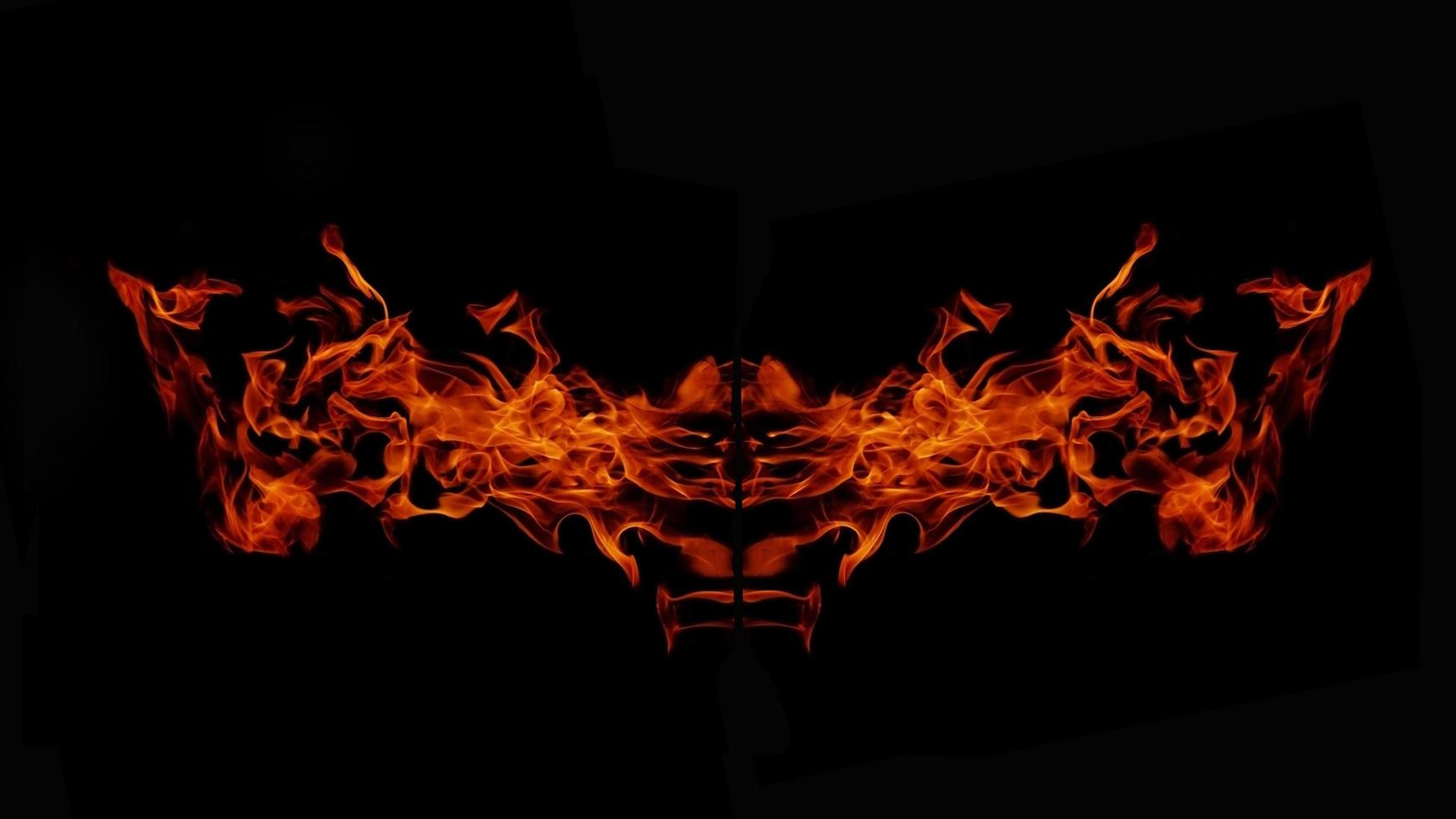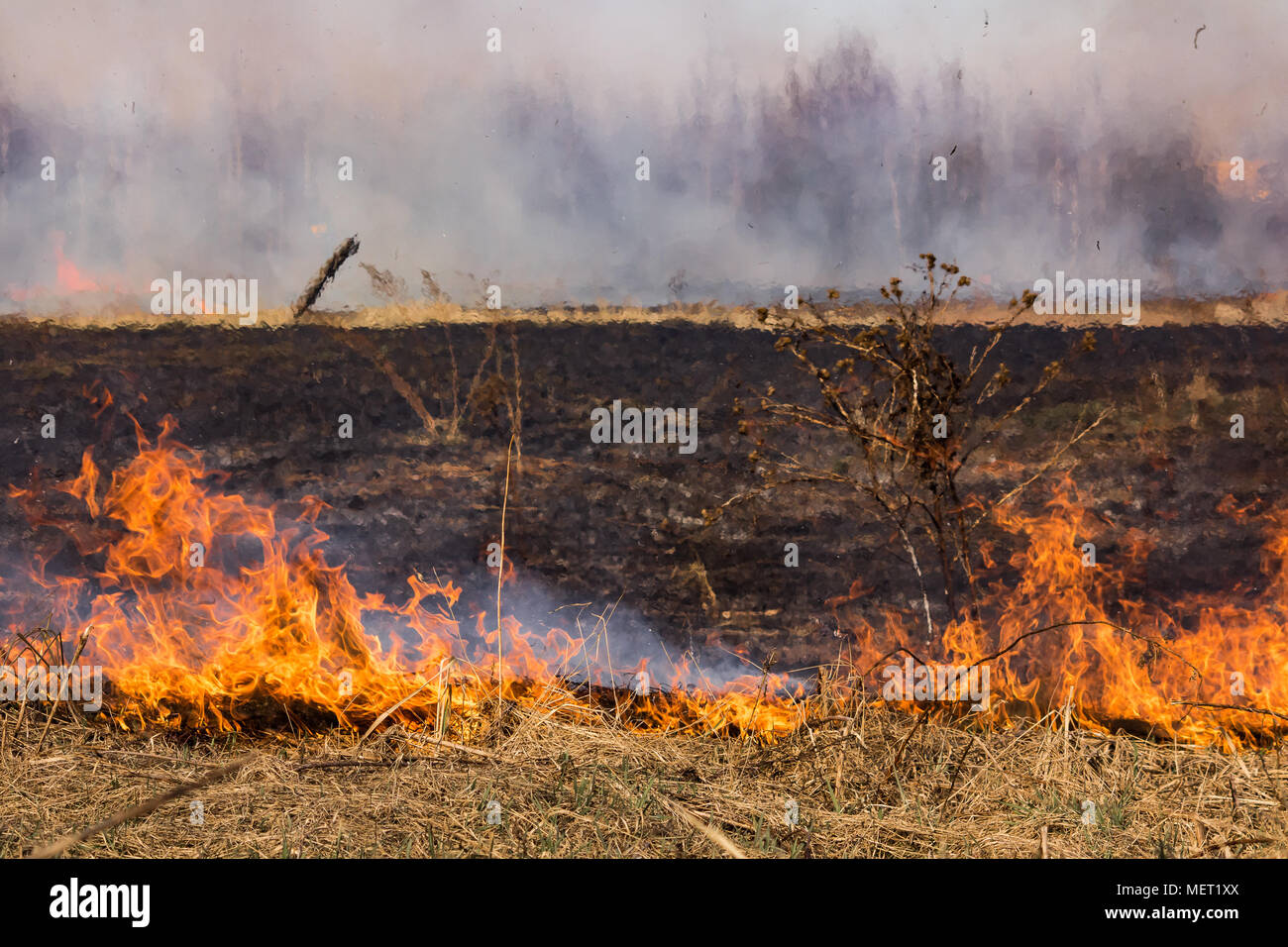Background To Danger: This exploration delves into the chilling reality that seemingly innocuous settings, situations, and characters can harbor significant threats. From the subtle cues in a thriller novel to the overt warnings in real-life espionage, we examine how a seemingly safe backdrop can mask impending peril. We’ll dissect the art of creating suspense through carefully crafted backgrounds, exploring how authors and filmmakers use setting, character development, and foreshadowing to build a palpable sense of danger.
The concept of “background to danger” extends beyond fictional narratives. Understanding the subtle signs of potential danger in our everyday lives—from seemingly harmless individuals to potentially unsafe environments—is crucial for personal safety and awareness. This analysis dissects the elements that contribute to a sense of impending threat, revealing how seemingly insignificant details can paint a chilling picture of potential harm.
Understanding Background to Danger
The phrase “background to danger” encapsulates the insidious threat lurking beneath the surface of seemingly ordinary situations. It speaks to the unsettling realization that danger isn’t always readily apparent; it can be subtly woven into the fabric of a person’s life, a setting, or a narrative. This exploration delves into the multifaceted nature of this concept, examining its presence in various contexts and the elements that contribute to its chilling effect.
Defining “Background to Danger”
The concept of “background to danger” refers to the hidden or obscured elements that contribute to a perilous situation. In thriller novels, it might be a character’s seemingly insignificant past connection that unexpectedly puts them in harm’s way. In espionage, it could be a seemingly innocuous piece of intelligence that reveals a larger, more dangerous plot. For personal safety, it might involve an overlooked detail in one’s surroundings that signals potential threat.
The phrase can be interpreted as a pre-existing condition, a slowly developing threat, or a concealed danger only revealed through careful observation or investigation.
For example, a seemingly idyllic seaside town might conceal a history of smuggling and gang violence, creating a “background to danger” for a new resident. Or, a seemingly harmless acquaintance could harbor a dark secret that endangers those around them. A fictional scenario could involve a seemingly successful businessman whose seemingly perfect life masks a past involvement in a dangerous criminal enterprise, constantly looking over his shoulder for retribution.
Identifying Elements of a Dangerous Background
Several types of information can signal a dangerous background. These range from overt warnings, such as threats or suspicious activity, to subtle cues that require careful interpretation. The distinction lies in the degree of directness and the level of awareness required to recognize the threat. Even seemingly insignificant details can contribute to an overall sense of unease and impending danger.
A combination of visual and auditory clues often creates a powerful sense of foreboding.
| Clue Type | Description | Example | Emotional Response |
|---|---|---|---|
| Visual | Things seen that suggest danger. | A shadowed figure lurking in an alleyway. | Fear, unease. |
| Auditory | Sounds that indicate a potential threat. | Footsteps approaching from behind in a deserted street. | Anxiety, apprehension. |
| Olfactory | Smells that signal danger. | The acrid smell of smoke in an otherwise empty building. | Alarm, suspicion. |
| Tactile | Physical sensations that suggest a threat. | A sudden chill in the air, or a feeling of being watched. | Paranoia, unease. |
The Role of Setting in Creating a Sense of Danger

Source: vecteezy.com
The setting plays a crucial role in establishing a “background to danger.” Different settings inherently carry different levels of perceived risk. A dark, deserted alley in an urban environment feels inherently more dangerous than a brightly lit, bustling marketplace. Similarly, a remote, fog-shrouded moorland evokes a different kind of danger than a futuristic, technologically advanced city. Historical settings can evoke a sense of danger through the lingering echoes of past violence or oppression.
Understanding the “Background To Danger” often involves assessing vulnerabilities. A seemingly innocuous detail, like knowing the correct kay jewelers credit card payment address , can be exploited for fraudulent purposes. Therefore, securing such information is a crucial aspect of mitigating potential risks associated with “Background To Danger”.
Futuristic settings might utilize technological elements to amplify the sense of threat.
Imagine a derelict factory, its rusted machinery silhouetted against a stormy sky. Rain lashes against the broken windows, the wind whistling through the gaps. The air hangs heavy with the metallic tang of rust and the faint, sickly sweet smell of decay. Every creak and groan of the building adds to the oppressive atmosphere, a palpable sense of danger hanging in the air.
Comparing the use of setting in Alfred Hitchcock’s “Psycho” and Ridley Scott’s “Blade Runner” illustrates how diverse settings contribute to a sense of danger. The isolated Bates Motel in “Psycho” amplifies the feeling of vulnerability, while the rain-slicked, neon-lit streets of Los Angeles in “Blade Runner” create a sense of urban dystopia and paranoia.
Character Development and Background Danger

Source: alamy.com
A character’s past experiences and relationships can significantly contribute to their “background to danger.” A seemingly normal life can mask a dangerous secret, creating a precarious situation for the character. Character flaws or vulnerabilities, such as a tendency towards recklessness or a history of poor judgment, can further increase their risk. The intersection of a character’s past with their present circumstances often fuels the narrative tension.
Consider a character, Anya, a seemingly successful lawyer. However, her past involvement with a powerful criminal organization, forced upon her by family ties, continues to cast a long shadow. While she has tried to distance herself, threats and cryptic messages hint at her continued vulnerability. Her professional success serves as a fragile shield against a dangerous past that could easily resurface.
Suspense and Foreshadowing in a Dangerous Background
Authors and filmmakers employ various techniques to create suspense by subtly hinting at a dangerous background. Foreshadowing, the use of clues to suggest future events, is a powerful tool for building tension. Literary devices like imagery, symbolism, and foreshadowing contribute to a sense of impending doom. A careful combination of these techniques can effectively heighten the feeling of suspense and keep the audience on edge.
- Using ominous imagery and symbolism to suggest underlying threats.
- Introducing seemingly insignificant details that later prove crucial to the plot.
- Employing flashbacks or dream sequences to reveal crucial aspects of the character’s past.
- Creating a sense of unease and paranoia through subtle changes in the setting or atmosphere.
- Utilizing cliffhangers and unresolved plot points to keep the audience in suspense.
Conclusive Thoughts
Ultimately, understanding the concept of “Background to Danger” requires a keen eye for detail and an awareness of the subtle ways danger can manifest. Whether in fiction or reality, recognizing the elements that contribute to a sense of impending threat allows us to navigate potentially hazardous situations with increased vigilance and preparedness. From the careful construction of setting and character in a thriller to the subtle cues in everyday life, recognizing the “background to danger” is key to both narrative suspense and personal safety.
